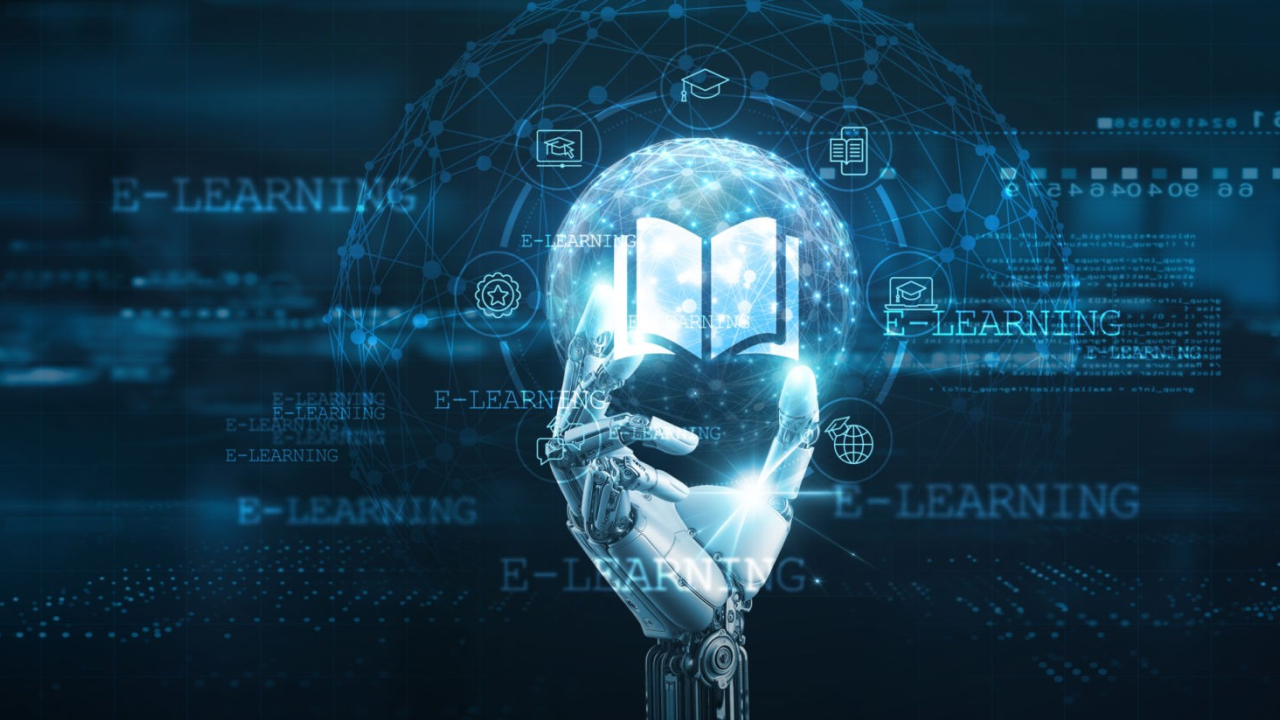The Educational Potential of Gaming
Abstract: In recent years, the landscape of education has evolved dramatically, driven by technological advancements and changing societal needs. Among these changes, the rise of gaming as an educational tool is particularly noteworthy. While gaming has often been viewed merely as a source of entertainment, its potential for enhancing learning experiences is now being recognized by educators, researchers, and institutions worldwide.

Understanding Gaming in Education
Gaming encompasses a wide range of activities, from video games and board games to simulations and role-playing. The core element that unifies these forms is their ability to engage players in interactive environments that often require problem-solving, critical thinking, and collaboration. Educational gaming, or "serious games," is designed with the specific intent to educate players while providing an engaging experience.
The Cognitive Benefits of Gaming
Research has shown that gaming can enhance cognitive skills such as memory, attention, and spatial reasoning. A study published in the journal “Nature” found that action video game players demonstrated improved visual attention and the ability to track multiple objects simultaneously compared to non-players.
At the Nasser Center for Science and Technology, we have implemented several gaming initiatives that showcase these cognitive benefits. For example, our “Chemistry Quest” program uses simulation-based games to teach students about chemical reactions and molecular interactions. Students engage in virtual labs where they can experiment with different substances, leading to a 30% increase in understanding of key chemistry concepts as reported in participant feedback.
Promoting Collaboration and Social Skills
Multiplayer games, whether online or offline, create opportunities for social interaction and teamwork. For instance, “Minecraft” Education Edition encourages students to collaborate in building projects, which has been shown to foster communication and negotiation skills. Through shared objectives, students learn to appreciate diverse perspectives and the importance of teamwork.
At the Nasser Center, we organized a Science Symposium Challenge where students used simulation games to conduct virtual experiments in groups. This experience not only honed their scientific inquiry skills but also emphasized collaboration and effective communication. Post-event surveys indicated that 85% of participants felt more confident working in teams, highlighting the social benefits of educational gaming.
Enhancing Engagement and Motivation
One of the most significant advantages of using games in education is their ability to engage students. Traditional teaching methods often struggle to maintain student interest, especially in subjects perceived as difficult or boring. Games can transform these subjects into interactive and enjoyable experiences.
Take Kahoot! for example, a game-based learning platform that turns quizzes into competitive games. Research shows that students who engage with Kahoot! demonstrate higher levels of participation and retention of knowledge. A study revealed that students who participated in gamified quizzes scored 20% higher on exams than those who did not.
The Nasser Center has adopted similar platforms in our Chemistry Champions workshops. Students participate in chemistry challenges through game-based learning, resulting in a 40% increase in performance in chemistry assessments. The gamified approach not only improved academic scores but also increased overall enthusiasm for the subject.
Addressing Diverse Learning Styles
Every student has a unique learning style, and gaming can cater to various preferences. Visual learners benefit from the graphics and animations in video games, while auditory learners can engage with storytelling elements. Kinesthetic learners thrive in interactive environments where they can physically manipulate objects or navigate virtual worlds.
For instance, our “Virtual Chemistry Lab” program at the Nasser Center allows students to conduct experiments in a simulated environment. This approach has proven particularly beneficial for kinesthetic learners who thrive on hands-on activities. Feedback showed that 90% of students felt more engaged and retained more information compared to traditional lab settings.
Challenges and Considerations
Despite the numerous benefits, the integration of gaming into education is not without challenges. One significant concern is the potential for addiction and excessive screen time. The American Academy of Pediatrics recommends limiting screen time for children, emphasizing the importance of balance between gaming and other activities. It is crucial for educators and parents to ensure that gaming serves as a supplement rather than a replacement for traditional learning methods.
Additionally, the development of high-quality educational games requires resources and expertise. Not all games are created equal; some may lack educational value or fail to align with curriculum standards. Educators must be discerning in their selection of games, focusing on those that promote critical thinking, creativity, and problem-solving. The Nasser Center emphasizes the importance of training educators in game-based learning strategies to maximize the effectiveness of these tools.
The Future of Gaming in Education
As technology continues to advance, the future of gaming in education looks promising. Virtual reality (VR) and augmented reality (AR) are emerging as powerful tools for immersive learning experiences. Imagine students exploring molecular structures through VR or conducting physics experiments in a virtual lab setting. According to a study by the University of Maryland, students who used VR for learning scored 20% higher on retention tests compared to traditional teaching methods.
Furthermore, the rise of artificial intelligence (AI) in gaming can lead to personalized learning experiences. AI-driven games can adapt to individual skill levels and learning paces, providing tailored feedback and challenges that cater to each student’s needs. Platforms like “Labster” use adaptive learning technology to simulate laboratory experiences, allowing students to conduct experiments at their own pace.
Successful Case Studies
Numerous educational institutions have successfully integrated gaming into their curricula. For instance, the University of Maryland’s “Game Design Program” emphasizes project-based learning through game development. Students collaborate to create games that address real-world issues, enhancing both their technical and creative skills.
At the Nasser Center, our “Chemistry Innovators” program has incorporated gaming elements into science education. Students design their own educational games focusing on chemical reactions and environmental science. This project not only teaches scientific concepts but also encourages creativity and entrepreneurship. Feedback from participants shows that 75% felt more motivated to pursue careers in STEAM fields after completing the program.
Another successful initiative is our partnership with local schools to implement “Physics in Play”, a program that combines physics education with game design. Students learn fundamental physics concepts while creating their own games, helping them develop both technical skills and creative thinking. The program has seen a 50% increase in student interest in physics and engineering.
Conclusion
The integration of gaming into education represents a transformative approach that can enhance learning experiences, engage students, and promote critical skills necessary for the 21st century. As we continue to explore the educational potential of gaming, it is essential to remain mindful of the challenges and to approach this integration thoughtfully.
By harnessing the power of gaming, we can create dynamic learning environments that not only inform but also inspire the next generation of thinkers, creators, and innovators. As educators and policymakers, we must embrace this opportunity to enrich our educational frameworks and equip students with the skills they need to thrive in an increasingly complex world.
In the words of Albert Einstein, "Play is the highest form of research." Let us make gaming a cornerstone of educational innovation, fostering curiosity and a lifelong love of learning. As we look to the future, it is clear that gaming is not merely a pastime but a powerful tool for engaging students and reshaping education for the better.
By: Dima Nahouli, Head of Science, Nasser Center for Science and Technology
Stay up to date
Subscribe to the free GESS Education newsletter and stay updated with the latest insights, trends, and event news every week. Your email address will remain confidential

